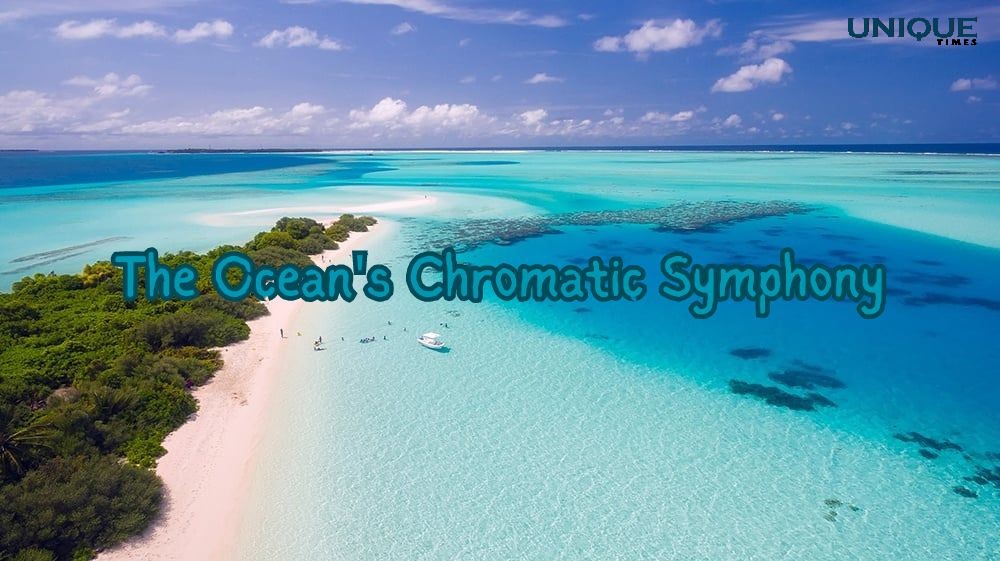The Palette of the Seas: Understanding Why Oceans Showcase a Spectrum of Colors

The mesmerizing hues of the ocean have captivated human imagination for centuries, from the deep, rich blues of the open sea to the vibrant turquoise shades near coastal shores. Have you ever wondered why the ocean is different colors in different places? In this blog post, we’ll dive into the fascinating science behind the varying colors of the ocean and explore the factors that contribute to this stunning aquatic palette.
- Water Depth and Absorption:
The primary factor influencing the color of the ocean is water depth. In areas where the ocean floor is deep, such as the open sea, the water appears deep blue. This is because water molecules absorb colors in the red part of the light spectrum, leaving behind the blue wavelengths to be scattered and reflected.
- Sunlight Angle and Reflection:
The angle of sunlight also plays a crucial role in ocean color. During sunrise and sunset, when the sun is lower on the horizon, sunlight has to pass through a larger portion of the Earth’s atmosphere. This scattering of shorter wavelengths enhances the warm, reddish tones, giving the ocean a breathtaking golden or orange appearance.
- Presence of Marine Life and Phytoplankton:
The presence of marine life, especially microscopic organisms like phytoplankton, can dramatically influence ocean color. Phytoplankton contain pigments that can reflect different colors, giving rise to greenish hues in regions where they are abundant.
- Suspended Sediments and Particles:
Near coastal areas or estuaries, rivers may carry sediments and particles into the ocean. These suspended particles can affect water clarity and contribute to variations in color. Murky, brownish waters are often a result of sediment runoff.
- Coral Reefs and Underwater Features:
Coral reefs, with their vibrant and diverse ecosystems, can contribute to a stunning array of colors in the ocean. The intricate structures of coral formations and the presence of colorful marine life make these areas visually captivating.
Conclusion: The colors of the ocean are a visual testament to the complex interplay of sunlight, water depth, marine life, and geological features. From the deep blues of the open sea to the emerald greens of coastal waters, each hue tells a unique story about the dynamic nature of our planet’s oceans. As we continue to explore and study these aquatic environments, we gain a deeper appreciation for the beauty and diversity that define the world beneath the waves.
Picture Courtesy: Google/images are subject to copyright








